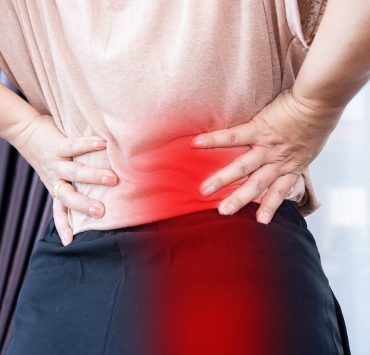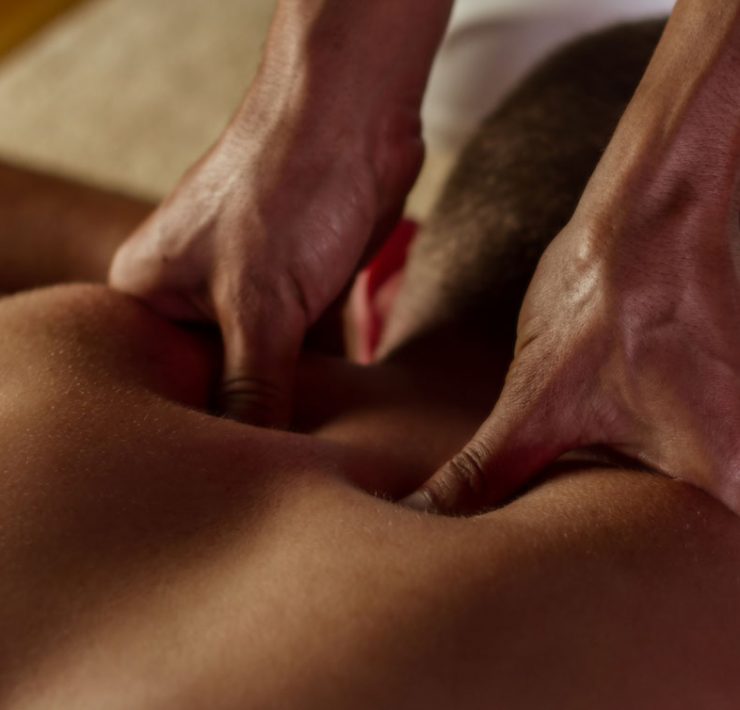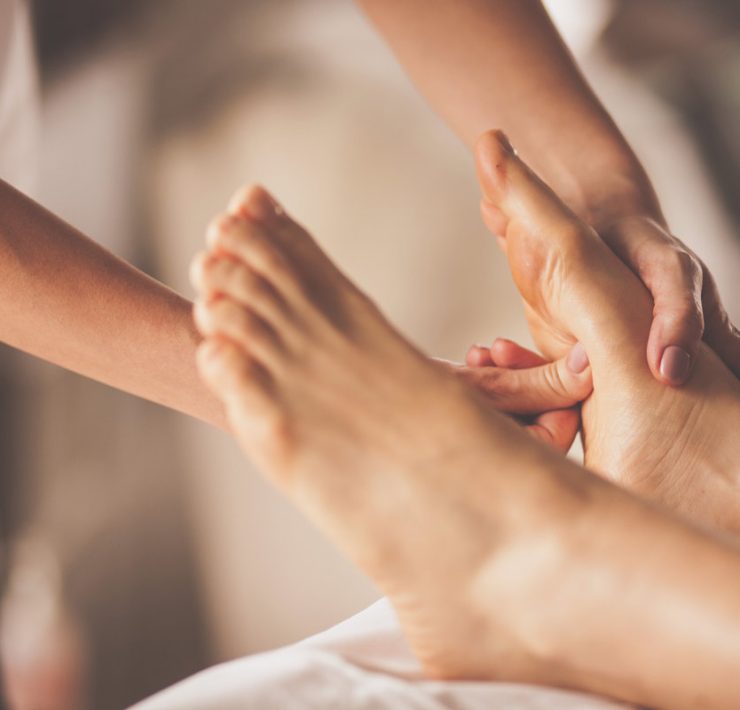Achilles tendinopathy—a general term for nearly anything that can go wrong with your Achilles tendon, including tendonitis, tendinosis, tendon ruptures, and more—affects about 24% of athletes over their lifetimes. But even if you’re not an athlete, this overuse injury is a common strain among recreational athletes, runners, and even everyday walkers.
What is the Achilles Tendon and Achilles Tendinopathy?
The Achilles tendon is a band of tissue that connects calf muscles at the back of the lower leg to your heel bone. It is the largest tendon in the body and sees the greatest biomechanical loads, since it’s used during walking, standing, running, jumping, and most anything that has to do with bipedal locomotion.
Injured Tendons are Hard to Heal!
Like all tendons, the Achilles tendon receives less blood flow than muscle tissue. Since blood contains important nutrients that help with the healing process—and compounded by the sheer volume of use—an injured Achilles heals slowly.
Additionally, trauma (including microtrauma) to the tendon creates scar tissue, which doesn’t have the same properties as the surrounding tissue. If the scar tissue does not resolve quickly, function and flexibility of the tendon can be impacted. Any of the above (or a combination) can lead to tendon injury.
How Does Achilles Tendinopathy Occur?
Achilles tendinopathy most commonly occurs in runners or other athletes following sudden increases in activity intensity or duration. But even for non-athletes, it’s not rare, especially if the following risk factors come into play:
- Age and sex: Achilles tendinitis occurs most commonly in men, particularly in middle age or older
- Medical & physical conditions: Low foot arches can strain the Achilles tendon, as well as tight calf muscles and obesity. People with psoriasis or high blood pressure are at higher risk of developing Achilles tendinitis.
- Training choices: Running in worn-out or unsupportive shoes is a major risk factor. Training in cold weather or on hilly/uneven terrain also can also increase the risk of Achilles injury.
- Medications: Certain types of antibiotics, called fluoroquinolones, have been associated with higher rates of Achilles tendinitis.
Pain from Achilles tendinopathy can be intermittent or constant; aching, sharp, or stinging; and can even be tender to the touch. There may be persistent or intermittent swelling along the Achilles tendon or where it connects to the calcaneus (heel) bone.
Achilles tendinopathy can resolve on its own after a few weeks, or can last years, even into decades and the rest of your life. So what can you do to help a wounded Achilles tendon?
Self-Massage Techniques for Achilles Tendon Pain
Achilles Tendon Self-Massage
Massage will help bring blood flow to the area to promote healing and can also reduce tension. There are several techniques you can use to self-massage your Achilles tendon
- Light pinches up and down the tendon
- Pinches with vertical movement up and down along the tendon
- Pinching while gently wiggling your tendon side to side
- Massage along the sides of your heels, below your ankle bones – there’s some fascia there that connects to the Achilles tendon
- Pinch your tendon and then dorsi- and plantar flex your foot. This will allow for massage through your range of motion.
Calf Massage via Foam Rolling
The calf muscle is connected to the Achilles tendon, and loosening the calf can help reduce tension in the Achilles. Foam-rolling is a great way to relax and loosen the calves at home.
Even better: Do so every morning before you stand up. Why? While you sleep, your body heals, and during this time your posterior lower leg chain (plantar surface of the foot, Achilles tendon, and calf muscles) is in a shortened position. Standing up right away and stretching out that posterior chain before warming it up risks breaking down some of the overnight healing. Warming and loosening them with a foam roll first will make them more pliable and thus less tender as you go about your day.
Foot Massage with a Golf Ball
Like the calves, the muscles of the feet are connected to the Achilles tendon and, if tense or sore, can contribute to Achilles tendinopathy. Fortunately, self-massage of the foot is easy and inexpensive—all you need is a golf ball!
To self-massage your feet, simply place the golf ball between your foot and the floor while in a seated position. Push your foot down gently and roll the ball around your arch for 10–20 seconds on each foot.
Doing so in the morning before you stand up will have a similarly beneficial effect as with the calf massage described above—warming and loosening the muscles before they take on the day’s workload.
Note: Other small, sturdy balls will work, too—like a tennis or lacrosse ball—but the smaller golf ball will provide a highly targeted massage of the curvature of your feet muscles.
Other Self-Care Tactics for Achilles Pain
- Replace your shoes. Old shoes’ support structure has likely collapsed and may be forcing your feet to land improperly. New shoes with proper support will help protect your feet—and the other body parts attached to them.
- Physical therapy is a great resource to help correct muscle imbalances, gait patterns, and demonstrate stretches specific to your pain.
- Ice your Achilles tendon, especially for subacute and chronic pain. This will help reduce inflammation and increase blood flow to the area post-ice.
- Resting your Achilles tendon may be a bummer, but sometimes your body just needs to rest to catch up with you.
Achilles tendinopathy can be a lifelong injury. Address it now to help improve your quality of life for years to come. Need a professional to help you work through the strain? We’ll come to you!
Melanie Peddle holds a MS in Mechanical Engineering and has been practicing massage since 2012. She is an instructor with Western Colorado University in its partnership with the University of Colorado, focusing on biomechanical engineering and injury, as well as applications in adaptive sports. An accomplished collegiate athlete, Melanie brings an engineer's mind to all her physiological pursuits, and a passion for the most interesting engineering challenge of all: the human body.






